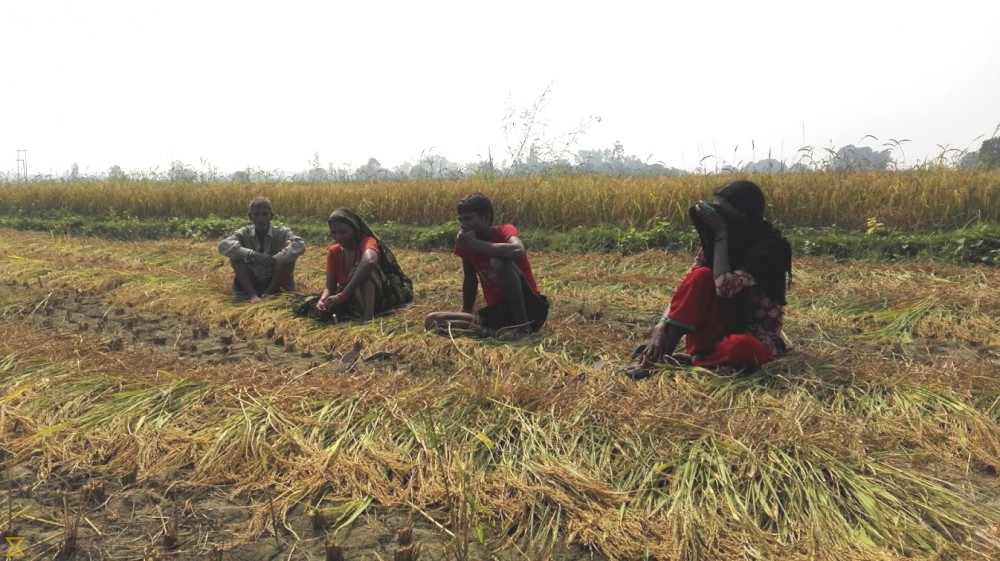Kathmandu, January 2, 2017:Â Nepal is headed for the largest paddy harvest in history as the heavens have smiled on farmers and sent down an above average monsoon, according to a preliminary crop production report released by the Agricultural Ministry on Sunday.
Paddy production has been projected to jump 21.66 percent to 5.23 million tonnes this fiscal year, after two consecutive years of falling harvests triggered by drought. The country produced an additional 931,248 tonnes of paddy this year. In the last fiscal year, a crippling drought hit paddy production severely, dragging it down by 10.22 percent to 4.29 million tonnes.
Based on the average price of Rs21.45 per kg set by the ministry, this year’s output is valued at Rs113 billion, excluding the value of straw and husk.
Ministry officials said that the record harvest was expected to bring down the country’s rice import bill, and help the GDP to grow as the economy was strongly dependent on farm production.
“Timely and regular monsoon was a key factor behind the robust paddy output,†said Ram Krishna Regmi, chief statistician at the ministry. “The average monsoon rainfall this year was the best in the last eight years.â€
Besides, increased use of improved seed varieties, timely availability of chemical fertilizers and growing farm mechanization have helped the country to record a high paddy output, he said.
The bumper harvest has also halved the annual food deficit to 400,000 tonnes from 800,000 tonnes in the last fiscal year. “If the winter wheat crop harvest remains the same as last year, we may be able to record a 800,000-tonne food surplus,†he said.
According to the ministry, the country had the highest food deficit of 485,000 tonnes in 1994-95. In the fiscal years 2009-10 and 2008-09, the food deficit reached 330,000 tonnes and 132,000 tonnes respectively.
However, in 2010-11, the government had projected higher food reserves as the census had shown the population to be lower than estimated. As a result, Nepal’s food reserves increased to 443,057 tonnes.
In 2011-12, food reserves jumped to 886,307 tonnes due to a bumper harvest. In 2012-13, 2013-14 and 2014-15, Nepal had surplus food reserves of 455,000 tonnes, 789,890 tonnes and 155,012 tonnes respectively.
The ministry said that good rains this year allowed the country’s paddy acreage to increase 13.91 percent to 1.55 million hectares. Paddy productivity rose 6.81 percent to 3.36 tonnes per hectare.
“Fiscal 2016-17 has been a productive year in the agricultural sector,†said Yogendra Kumar Karki, spokesperson for the ministry.
“We expect production to grow in the next fiscal year too as the government has implemented the Rs130-billion Prime Minister Agriculture Modernisation Project, which envisages adopting modern farm techniques to increase output.â€
He added that increasing productivity remained the main challenge. “We have the lowest productivity in South Asia, and this is both a challenge and an opportunity for us,†he said, adding that if Nepal could increase productivity, it could be in a position to export rice.
The country’s average paddy productivity in the last 10 years was 3 tonnes per hectare.
The statistics show that the summer crops — maize, millet and buckwheat — are also likely to grow. Maize output is expected to grow 1.25 percent to 2.25 million tonnes, millet by 1.26 percent to 306,215 tonnes and buckwheat by 1.78 percent to 11,847 tonnes.
By Sangam Prasain







